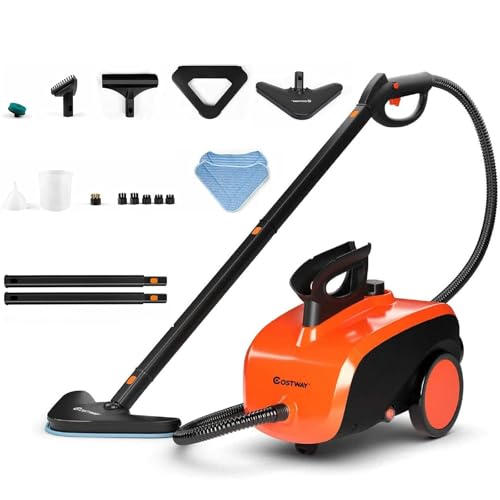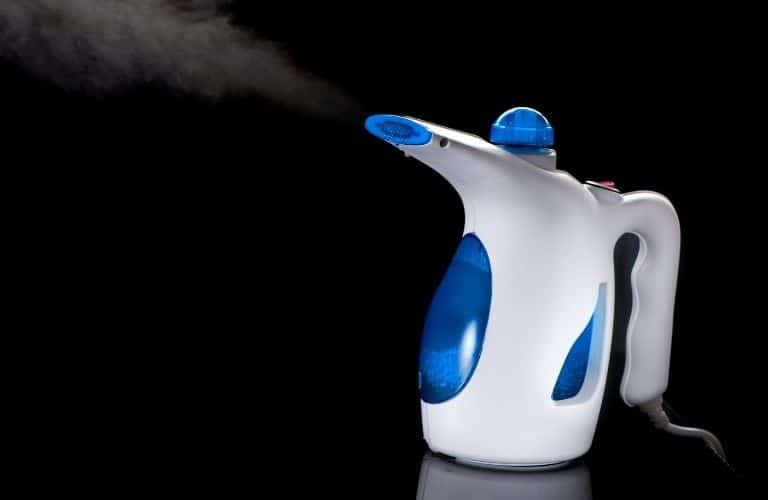If you live in multifamily housing such as a townhouse or apartment building, there’s some bad news: you are more susceptible to a bed bug infestation.
Bed bugs can travel between apartments quickly and easily.
The good news is that there are ways you can prevent these shared infestations if you know how bed bugs get from one unit to another.
How do bed bugs travel between apartments? Bed bugs can travel between apartments through any available gaps, such as those in electrical outlets, light switch covers, baseboards, wall cracks, and plumbing pathways. They can also enter via any human visitors who are unintentionally transporting them.
Preventing bed bug access to your apartment is critical, especially when there are known infestations in the vicinity.
Knowing how these pests travel from home to home is one of your best defenses.
If you’re already seeing signs of these unwanted invaders in your apartment, check out our comprehensive guide, “How To Get Rid of Bed Bugs,” for easy, yet effective, solutions.
What Are Bed Bugs?
Bed bugs are parasitic insects, which means they have six legs, feature a hard exoskeleton, and need a host.
For bed bugs, the host is usually a human whose blood they can feed off of. There is a common type of bed bug, the type found in homes, and a second, tropical type.
Ranging from brown to red in color, an adult bed bug is about the size of an apple seed and is shaped like a raindrop or balloon.
Bed bugs are commonly mistaken for other bugs (read this to correctly identify bed bugs and differentiate them from impostors), especially fleas.
Because they need a host to survive, bed bugs like to stay in a hiding spot close to humans. They remain out of sight until it is safe to come out to feed, generally at night.
Typically, bed bugs eat every five to 10 days. However, bed bugs are able to go for an entire year without feeding if necessary.
This adds to the difficulty in eradicating bed bug infestations, since it takes them a long time to die naturally.
Fact: Bed bug bites often go unnoticed until the next day as bed bugs inject an anesthetic into the wound to numb the area. Flea bites are typically felt immediately. Learn more about the differences in bites in this article.
Bed bugs are small enough to fit anywhere a credit card will fit.
They tend to hide underneath sheets, in the seams of mattresses, in crevices in headboards, and within cracks and gaps in walls.
Though they cannot fly, bed bugs move incredibly efficiently; they can cover up to 100 feet an hour!
They are also difficult to contain because they reproduce quickly. One pregnant female can produce 300 adults and 1,000 new eggs in just three months.
There is a common misconception that bed bugs are a sign of dirty or unhygienic environments.
This is untrue, however, as the two most accurate indicators for bed bugs are population density and amount of travel.
How Bed Bugs Travel
Outlets and Light Switches
Electrical outlets and light switches are placed into holes cut into the drywall or plaster of your home. These holes are havens for bed bugs.
These pests then travel along electrical wires all around the building.
If your outlet or light switch cover plates are not flush with the wall, bed bugs will be able to sneak through the gap.
Use electrical tape or painters tape to seal the gap and force bed bugs to turn around.
Plumbing
Similarly to the way they use outlets and light switches, bed bugs can traverse an apartment building via the plumbing. They can walk on the outside of pipes in any direction.
Use caulk or some sort of silicone material to cover the gaps between the pipes and walls.
Gaps and Crevices
Older buildings that have settled or have damage are easy for bed bugs to get around.
Any entrance a bed bug has into a wall makes it possible for them to get to other apartments, whether via electrical wires, plumbing, or walking directly through the gaps.
Visitors and Carriers
The most common way bed bugs enter any home is by being transported by a person or item.
Be aware that if a neighbor or friend has bed bugs and enters your apartment, it is easy for the bed bugs to infest your place, too.
Bed bugs are able to hide very well and will often stow away in the following locations:
- Clothing.
- Purses.
- Backpacks.
- Jackets.
- Luggage.
They can then be transported to any other location via these transporters. Remember, the other indicator of a bed bug infestation (in addition to a dense population) is amount of travel.
If you or your visitor travels frequently and sleeps in different beds, you are more likely to get bed bugs.
If your neighbor or visitor has bed bugs, do not permit them to come into your home until they have eradicated the pests completely.
Secondhand furniture or clothes are other ways bed bugs can be transported. If you are buying used stuff, carefully inspect them for signs of bed bugs.
How Can I Tell if I Have Bed Bugs?
If you think you might have bed bugs, look for the following signs:
- Live or dead bodies: reddish-brown, apple-seed sized, shaped like a raindrop or balloon.
- Tiny spots of blood on sheets, mattresses, and pillows – these spots are where bed bugs have been crushed.
- Dots of bed bugs excrement that look like marks from a permanent marker.
- A musty, somewhat sweet scent (some compare it to the smell of rotten raspberries).
- Eggs and shed skins laid in hidden locations.
Check for these signs in the following locations:
- Around the seams on mattresses and box springs.
- Underneath bed sheets.
- Beneath light switch and electrical outlet covers.
- Along baseboards or gaps in walls.
What Should I Do if I Have Bed Bugs?
When you have determined that you have a bed bug problem, do not panic!
Contact your building manager or landlord as soon as possible. They should have a plan in place for these situations.
Then, begin to take care of your apartment to get rid of the bugs. The best way to get rid of bed bugs is to kill them with extreme heat.
They cannot survive temperatures of 120 degrees Fahrenheit for 30 minutes, and they die immediately at 200 degrees Fahrenheit.
This process must be done carefully, however, as you are in danger of spreading the infestation.
- Put whatever you can in sealable bags before moving them out of the room.
- Machine wash anything that can be removed and can handle a washing machine.
- Dispose of any clutter around the infestation: magazines, books, tissues, food trash, etc.
- Vacuum the room thoroughly.
- Consider applying contact pesticides, such as those included in this Harris 5 Minute Bed Bug Killer Value Bundle, to your mattress or any other areas that have been infested.
By far, the best thing you can do is to use a steamer such as the Costway Multipurpose Steam Cleaner, a device that turns water into hot steam, on anything you cannot move out of the room.
This particular model features a 1 1/2-liter tank, which provides 40 minutes of continuous 226°F steam.
The intense heat will efficiently kill any bed bugs, and best of all, steamers require no potentially dangerous chemicals.
You can see which other steamers made it to our list of Best Steamers for Bed Bugs for more buying options.
What Should I Do if My Neighbors Have Bed Bugs?
Because bed bugs are so capable of travelling between apartment units, the first thing you should do if you learn your neighbor has bed bugs is to contact your building manager or landlord.
In most states, they are required by law to hire professional services to exterminate bed bugs from the building.
In the meantime, move your bed and all other furniture at least 6 inches away from any wall.
Bed bugs can climb up walls, so you want to make it as difficult as possible for them to find you.
Seal up any gaps. Put tape around electrical covers and use caulk or silicone on any gaps.
Consider putting a door sweep (this one is self-adhesive – no tools needed) on your exterior doors to brush away any bugs trying to enter your apartment while the door is open.
If you do not have permission to make these changes to a rented apartment, consider using a pesticide, such as Cimexa Insecticide Dust, in any crevices of concern and around the perimeter of your unit.
Apply according to the instructions on the container for maximum effectiveness.
You can also purchase a mattress encasement such as the Hospitology Products Sleep Defense System.
Mattress encasements protect you from bed bugs getting to your mattress and making their home there. It is basically an airtight bag that is machine washable and zips up securely.
Summary
Bed bugs are pesky pests that can travel quickly and efficiently throughout apartment complexes.
They can enter your apartment via any gap, such as outlet and light switch covers, baseboard gaps, and plumbing entrances. They can also enter with visitors or furniture.
Be vigilant and let your apartment manager or landlord know about any bed bug problem.
If all else fails, contact a professional exterminator who can diagnose and treat the problem efficiently.
Having bed bugs can be a serious and irritating problem.
Rest assured that you’re using the correct methods of elimination by visiting our main bed bug page to view all our articles about these pesky pests.







